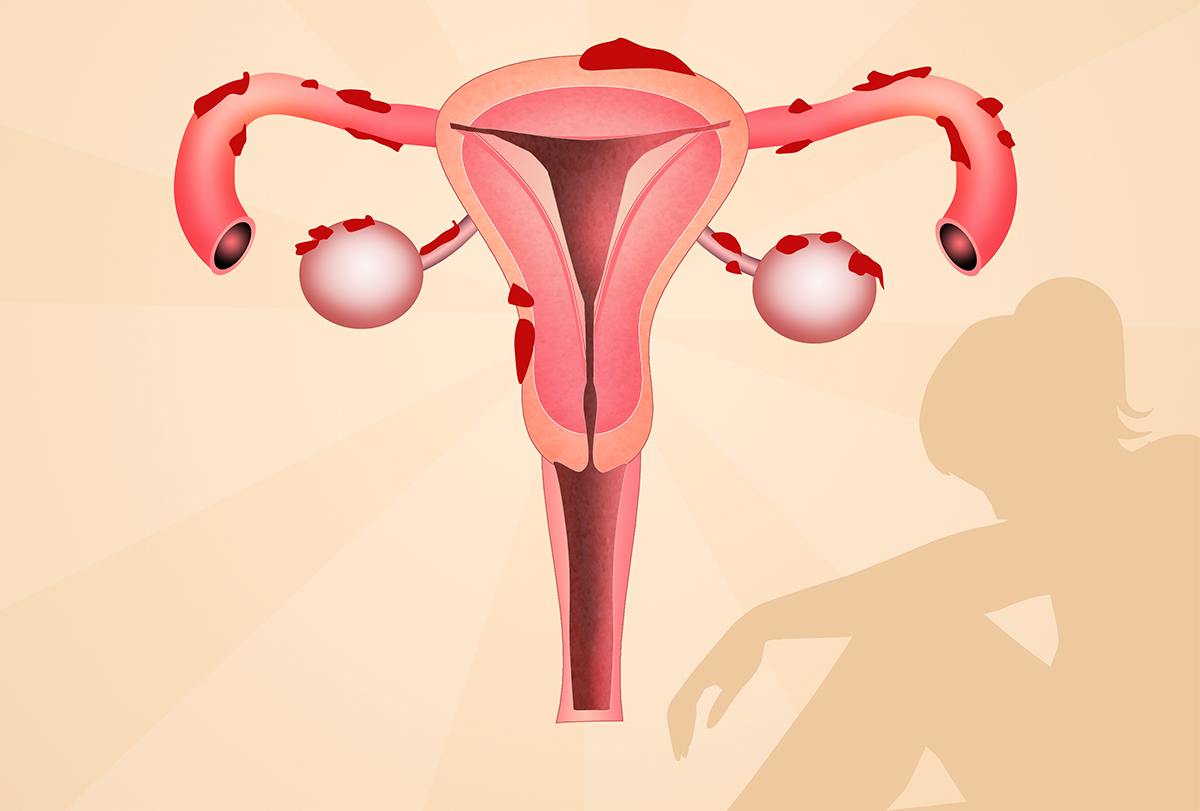
Endometriosis occurs when the endometrium, the tissue lining the inside of the uterus, grows outside the uterus. The tissue will react like normal uterine tissues during your period; it breaks apart and bleeds towards the end of your cycle. However, the blood it releases has nowhere to go. It will result in inflammation and swelling affecting the nearby organs and parts. You may develop lesions and scar tissue.
Endometriosis commonly affects the ovaries. It is a severe condition, and you need to visit an endometriosis specialist in New Jersey, if you suspect that you suffer from the disease to get a proper diagnosis and treatment.
Types of Endometriosis
Endometriosis comes in three main types. The superficial peritoneal lesion is the most common form of endometriosis. It causes lesions to develop on your peritoneum, a thin film lining the pelvic cavity. The second type of endometriosis is endometrioma, also known as an ovarian lesion. It causes back cysts filled with fluid from your ovaries. Most cases of endometrioma do not respond well to treatment and can potentially damage neighboring healthy tissue. The final kind of endometriosis is deeply infiltrating endometriosis which grows under the peritoneum and can affect organs close to your uterus, including the bladder and bowels. It affects between 1% and 5% of women living with endometriosis.
Symptoms
The most common symptom of endometriosis is pelvic pain, primarily during menstrual periods. Although many people experience cramping during menstruation, you will experience more severe pain if you have endometriosis. The pain gets worse over time.
Other common symptoms of endometriosis include dysmenorrhea, pelvic cramping, and pain starting before and lasting well into your menstrual period. It will also come with abdominal and lower back pains. Endometriosis can also present itself in the form of pain during or after intercourse. During your menstrual periods, you may experience some pain and discomfort with urination or bowel movements.
In some cases, you may have to deal with excessive bleeding during menstruation or bleeding between menstrual periods. It also causes diarrhea, fatigue, nausea, bloating, and constipation, primarily during periods.
The severity of the pain you experience may not reflect the severity of your condition since even mild endometriosis can cause severe pain. In contrast, advanced endometriosis may cause no pain at all. In some cases, you can easily mistake endometriosis for other conditions such as pelvic inflammatory disease or ovarian cysts, which come with pelvic pain. You can also mistake it for irritable bowel syndrome, which causes diarrhea, abdominal cramping, and constipation. Irritable bowel syndrome can co-occur with endometriosis making it challenging to make a diagnosis.
When Should You See a Doctor?
If you have any signs and symptoms associated with endometriosis, you should see your doctor immediately. Endometriosis is difficult to treat, but an early diagnosis, an expert medical team, and good knowledge about your diagnosis may help treat the disease.
To summarise, endometriosis occurs when the endometrium grows outside the uterus. It comes in three different kinds superficial peritoneal lesion, endometrioma, and deeply infiltrating endometriosis. The most common symptom of endometriosis is pelvic pain during menstrual periods. You should seek immediate medical attention if you experience any symptoms associated with endometriosis.






